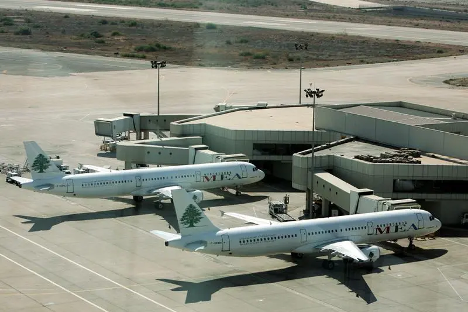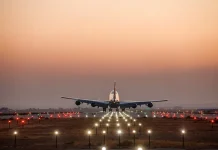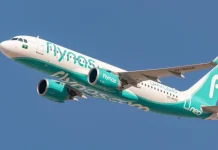
Middle Eastern carriers posted a 22.6% year-on-year increase in traffic in July, indicating that the recovery of travel demand has continued. However, the number was still 4.2% below pre-Covid levels, according to data released by the International Air Transport Association (IATA).
Capacity rose 22.1% and load factor climbed 0.3 percentage points to 82.6%.
Globally, revenue passenger kilometers (RPKs) grew by 26.2% in July compared to the same month last year, reaching 95.6% of traffic levels observed in 2019. IATA claims that this expansion was in line with the sustained recovery trend that had been seen in the sector over the previous seven months.
Passenger load factors approached the levels achieved in 2019, reaching an industry-wide average of 85.2%, only 0.4 percentage points away from full recovery.
“Planes were full during July as people continue to travel in ever greater numbers. Importantly, forward ticket sales indicate that traveller confidence remains high. And there is every reason to be optimistic about the continuing recovery,” said Willie Walsh, IATA’s Director General, in a statement.
Airlines operating in the Asia-Pacific continued to dominate the market in July 2023, with traffic up 105.8% from the same month the previous year. The load factor grew by 3.9 percentage points to 84.5% while capacity rose by 96.2%.
African airlines saw a 25.6% traffic increase in July 2023 versus a year ago, the second highest percentage gain among the regions.
IATA had already upgraded its view for 2023, noting that net earnings for the airline industry are anticipated to reach $9.8 billion in 2023, more than doubling the prior projection of $4.7 billion (December 2022).
Some 4.35 billion people are expected to travel in 2023, which is closing in on the 4.54 billion who flew in 2019.
























